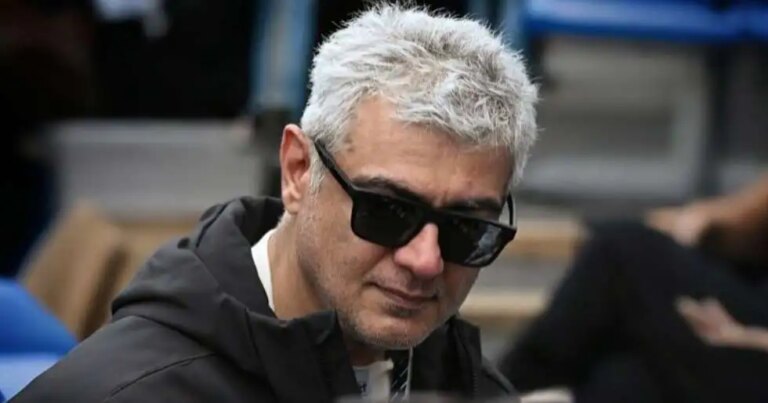

They played an 18-inning game in Toronto and now the real test is not just which team has better arms or deeper bats. It’s who recovers. The Blue Jays-Dodgers World Series has already delivered theater: marathon games, bullpen brawls and clutch moments that will live in the memory. Tonight’s Game 6 feels like one of those hinge nights. A discreet battle between youth and polish, and a managerial chess match about how much mileage you can squeeze out of tired bodies and hot arms.
The optics first: the Blue Jays come in riding the confidence of Trey Yesavage’s recent work. The rookie has been a postseason revelation for Toronto, punching out hitters with swing-and-miss stuff and turning the Dodgers’ lineup into an anxious group that keeps chasing. Yesavage’s last start, a dominant outing with double-digit punchouts in the postseason, is the kind of performance that buys a staff and a clubhouse belief. That matters when you’re asking a 22-year-old to stand at the center of October noise. His ability to miss bats and bring length means Toronto can lean on a defined plan: attack the Dodgers’ top of the order early, keep boots off the gas in the late innings, and let the Blue Jays’ bullpen soak up the final outs.
Yoshinobu Yamamoto is the counterweight: elite, poised, and brutally efficient. He’s not just another arm — he’s a Japanese ace who has translated his precise repertoire into major-league success, particularly in October. Yamamoto’s craft, consistent command of the zone, a mid-90s four-seam that works downhill, and a swing-and-miss split/change, makes him an extremely difficult matchup for lineups forced to be patient and situational. When Yamamoto’s fastball lands up in the zone and his two-plane offering bites away, hitters have to do something other than hunt mistakes. That’s a tall order against a team built around Vladimir Guerrero Jr., George Springer and an offense that can scar you in two swings. MLB’s published game notes and pitching logs make the case: Yamamoto has given the Dodgers multiple high-leverage, low-pitch outings this postseason, and he’s a prime candidate to go deep tonight.
But the shadow of that 18-inning Game 3 still looms. Eighteen frames is more than an outlier stat — it’s a literal wear-and-tear event for pitching staffs, bullpens and the mental reservoirs of managers. The Dodgers used arms in that marathon that they were counting on later in the series; the Blue Jays did, too. Which bullpen is deeper, fresher and more flexible tonight? That’s a question worth structuring a gameplan around. If either team is forced to deviate, if Roberts or Schneider has to protect an arm earlier than expected, we are suddenly in a strategic game far away from pure 1-2-3 pitcher vs. lineup narratives.
There’s a lineup wrinkle that’s gone unsolved for L.A.: Mookie Betts. Dave Roberts has been sticking with Betts in a middle-of-the-order role despite a postseason skid; that’s a vote of confidence, but also a gamble. Betts’ premium on-base skills and running game make him valuable, but this is October and marginal slumps feel magnified. Roberts’ public comments; he’s acknowledged the pressurized look in Betts’ at-bats, underscore the tension between lineup construction and putting your best hands in seats where they can change games. The Dodgers need Betts to break out tonight, and if he doesn’t, the pressure will migrate to the rest of the order.
There’s also a managerial signal to watch: how much leverage will the Dodgers be willing to use on Shohei Ohtani? The two-way star’s presence changes everything, whether he’s available as a late-inning bat, a DH option, or, if the moment is dire and schedules allow, a bullpen arm or spot starter. Realistically, with Yamamoto on the bump, Ohtani’s most likely help tonight is as an impact bat or defensive rotation — but his availability complicates matchups for Toronto. The Blue Jays must game-plan for the possibility of Ohtani’s bat, which still forces pitchers to avoid mistakes over the heart of the plate.
So how do I see it? Give me Yamamoto in the short game. If the Dodgers get a clean first three innings and Yamamoto spins 6+ quality, L.A. pivots into a matchup game where their bullpen depth, when healthy, is world-class. If Yesavage brings the same swing-and-miss command and mixes his plan effectively, the Blue Jays have a live path: manufacture one or two early runs, let the bullpen handle a tired Dodger relief cadre, and place the pressure back on L.A. That’s the binary tonight: Yamamoto’s control vs. Yesavage’s velocity/command; veteran poise vs. rookie fearlessness; bullpen freshness vs. accumulated fatigue from that 18-inning epic.
My lean? If Yamamoto is crisp and the Dodgers’ lineup can exploit a vulnerable Blue Jays pen window, L.A. pushes this into the next game and forces Toronto to play on the road in a winner-take-all. If Yesavage harnesses the strikeout plan and Toronto’s lineup can tack a couple of first-five-inning runs, the Blue Jays close it out and that long Game 3 starts to look like a turning point where Boston-esque tenacity beat depth.
Tonight’s game is more than box-score fodder. It’s a stress test on roster construction, October endurance, and managerial temperament. The math is simple: fewer pitches thrown, fewer swings wasted, cleaner innings in the early going. That’s where the game will be decided. Expect chess. Expect attrition. Expect the kind of small ball, high-stakes baseball that separates good October clubs from legendary ones.
If you’re betting the moment, watch the first three innings for the true narrative signal. The longest game of this Fall still whispers at the edges of every decision tonight. Whoever manages fatigue better wins the late-game arms war and probably the series.


